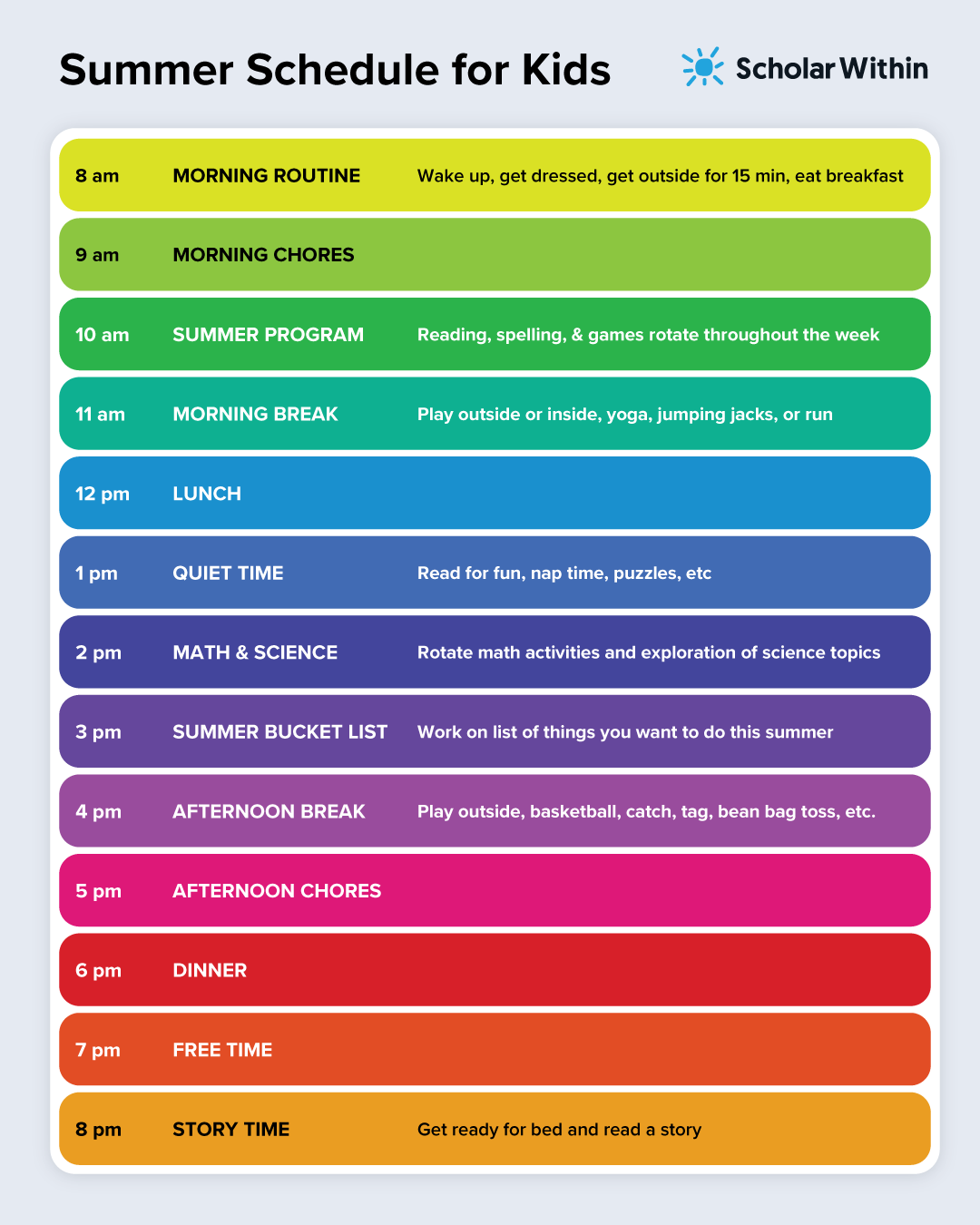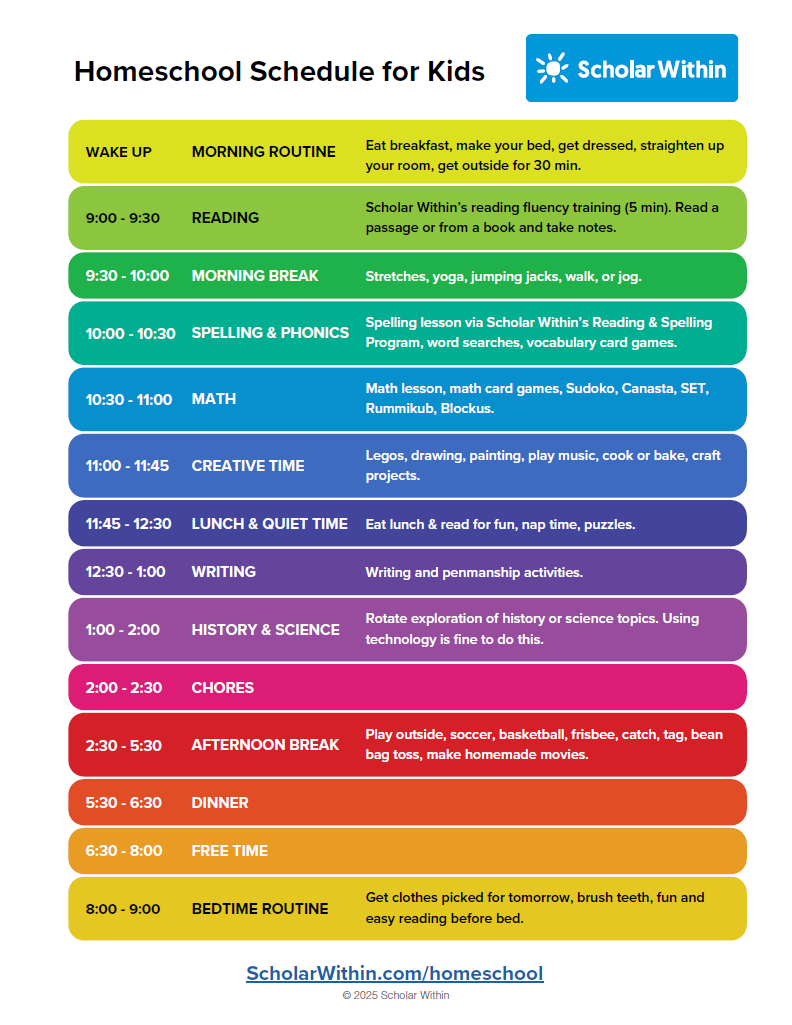
The Visual Processing System: How Does it Impact Learning?
Visual processing often means how well you discriminate between one letter and another or one word and another. This is prominent with kids who confuse letters, also known as letter reversals. Below are some examples of letters and words that kids mix up:
- b and d
- p and q
- was and saw
- felt and fell
- bad and dab
Just by scanning the letters and words above, it is understandable how easy it can be for kids to mix the letters and words. The shapes are not that different from each other. When we work on our brain’s visual discrimination abilities, we fine-tune our ability to see the differences in the shapes of letters and words.

More Than Just Seeing Differences
There is more to visual processing than just seeing the differences in the shapes of words and letters. Visual processing directly impacts your ability to learn, read, and retain information.
Learning in school is typically directed at visual processing 75% of the time. So, to do well in school and in life, developing your visual system is critical. One of the great things about visual processing and its 9 sub-categories is that the skills involved with visual processing are learned skills and they can and do improve when you do specific visual activities.
Visual processing is the process of how your eyes receive information and the steps involved to process and understand that information. This involves eye-hand coordination, discrimination, and your ability to combine shapes and letters to form objects or words. This also involves your ability to visually remember seeing something, move your eyes from left to right efficiently, and more.
The Visual Processing System Explained

Let’s take a step back to understand this a bit more. One thing is very clear. We all receive information through our five senses: smell, taste, hearing, seeing, and doing. Within each of those senses, there are subcategories. The sense of smell can sense sweet, pungent, savory, floral, etc. The sense of taste can break down foods into salty, sweet, bitter, or sour. Within hearing (auditory processing), seeing (visual processing), and doing (tactile/kinesthetic processing), there are 9 sub-categories each. And, when you want to optimize learning, pay attention to what you are doing signals to address each of these auditory, visual, and tactile/kinesthetic systems.
Visual Processing and Brain-Based Learning
There is a compelling argument to include a variety of visual activities to improve reading and overall learning skills. According to the research from Early Choice Pediatric Therapy, once a child enters school, about 75% of the classroom activities are directed through visual processing pathways. Additionally, when we think about the human brain, about 40% of the brain is involved in one form or another with visual processing. (National Vision Research Institute of Australia)
Let me explain… Upon visual input, visual signals leave the eye and follow a path into the superior colliculus in the brainstem. This is where the electrical impulses react and control all eye movements. These eye movements include blinking, dilating pupils, and tracking objects that are moving or tracking a line of words. The optic nerve then forms synapses and sends neurons to the occipital lobe of the cerebral cortex. This pathway is responsible for experiencing and controlling visual perception. The input comes from both eyes. The right cortex receives impulses from the left orbit. The left cortex receives input from the right orbit. Once these visual
Research Behind Visual Processing
Research on eye movements has been going on for many years. The 2009 eye movement study by Levy, Bickness, Slattery, and Raynor shows that eye movements are based on visual perceptual input. This input is combined with grammatical language input (the word order within a sentence). Every reader combines the perceptual input with sentence structure to guide the saccadic movement of their eyes. Saccades are the rapid movements of the eyes.
For example, the word flour is reread more often in sentence 1a than in sentence 1b or than the word wheat in sentence 1c):
1a. He swept the flour that he spilled.
1b. The baker needed more flour for the special bread.
1c. He swept the wheat that he spilled.
Reading involves saccades and rapid eye movements.
These rapid eye movements and tracking movements are separated by fixations when the eyes are relatively still. Saccade movements typically travel about 6 to 9 letter spaces. They are not impacted by the size of the print. The complete perceptual span typically extends to 14 or 15 letter spaces to the right and 3 to 4 spaces to the left. It is the saccade movement to the left combined with the perceptual span length that assures that every letter of every word enters the visual field.

About 10-15% of the time, readers also shift back (known as regression) to look back at the material that has already been read. And as the
Scholar Within’s At-Home and Online Summer Reading Program incorporates the 9 Areas of Visual Processing.
Our Reading and Spelling Summer Program uses proven methods that improve your visual processing system:
- Reading fluency training
- Rapid naming activities
- Visual memory activities
- Visual discrimination activities
- Eye-aiming activities
Learn more about the Summer Reading Program

Who is Scholar Within?
Scholar Within was founded by learning expert Bonnie Terry, M.Ed., BCET. Bonnie began designing and developing her own custom educational tools when she started her private learning center in the 1990s. Teachers kept asking what she was using with the kids who saw her because of the dramatic improvements that the kids made in school. From there, Bonnie decided to make her materials available to teachers and families worldwide.
Now, Bonnie Terry has turned her materials into a full-service online program that you can follow step-by-step at home, on your schedule. School alone is not enough anymore. Bonnie’s programs boost your kid’s overall learning skills by focusing on improving the auditory, visual, and tactile processing areas of your brain to make it work more efficiently.
Learn more about Scholar Within.




I have been looking for this.
What would you recommend for grades 4th-7th during the school year to help them read. All students in my class have IEP’s and reading challenges are prevalent in 95%.
Hi Meryleen,
Our Summer Reading Program or At-Home and Online Reading Program will help all of your students.
The programs include reading fluency, phonics, spelling, comprehension, brain-body connection, and executive function.
You can learn more about the reading program here.
We hope this helps. If you need more direction, email us at hello@scholarwithin.com.
What would be a program for a 8th grader?
We recommend our Summer Reading Program or At-Home and Online Reading Program. They are the same program, either a one-time 6-week session or month-to-month.
The programs are available for reading grade levels K-8.
How can I help my high schooler? He is about 3 years behind in reading and is struggling with all his subjects because of it, though auditory lessons and videos help. Can he really move up 2-4 years in a year or so? I’ve tried other programs that promised help but they’ve not held his attention.
We do work with a lot of high school students, and yes, they make tremendous progress when they ‘work’ our at-home and online reading program. Students typically see some progress in 2-3 days and it continues on.
The program involves video lessons and hands-on exercises and activities that improve reading, note-taking, spelling, comprehension, fluency, executive function, and the brain-body connection.
We hope this helps.